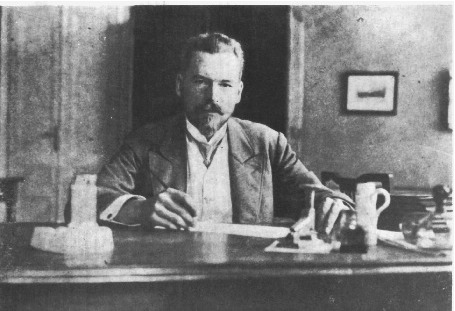Speaker
Description
Continuous-time random walk (CTRW) is a stochastic process with continuous and fluctuating waiting (inter-event) time. It was first introduced to physics by Montroll and Weiss. Since then it has been used in many areas of science [1]. CTRW is also successfully applied in econophysics [2], for example, it is used to describe stock price dynamics. We can consider the stock price as the price of the last transaction, so the value of a process represents the stock price and waiting times correspond to times between transactions.
Our latest results [3] suggest that dependencies between inter-trade times are the key element to explain long-term memory in financial time-series, even when taking into account intraday seasonality (so-called „lunch effect”). We introduce the new CTRW model with long-term memory in waiting times, able to successfully describe power-law decaying time autocorrelation of the absolute values of price changes. We compare our model with empirical data from the Polish stock market.
[1] Kutner, R., Masoliver, J. (2017), The continuous time random walk, still trendy: fifty-year history, state of art and outlook, Eur. Phys. J. B, 90(3), 50
[2] Scalas, E. (2006), Five years of continuous-time random walks in econophysics, In The complex networks of economic interactions (pp. 3-16), Springer, Berlin, Heidelberg.
[3] Klamut, J. & Gubiec, T. (2019), Directed continuous-time random walk with memory, Eur. Phys. J. B 92:69.

